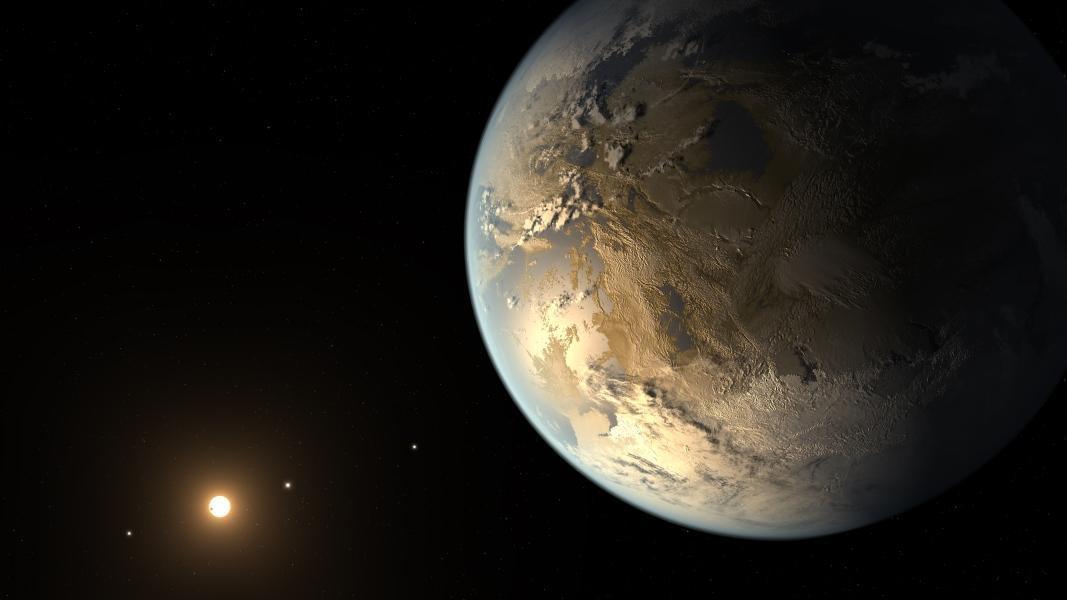Nasa finds 20 potentially habitable worlds 'hiding in plain sight'
The study suggests there’s far more planets that could support life than we previously thought

Your support helps us to tell the story
From reproductive rights to climate change to Big Tech, The Independent is on the ground when the story is developing. Whether it's investigating the financials of Elon Musk's pro-Trump PAC or producing our latest documentary, 'The A Word', which shines a light on the American women fighting for reproductive rights, we know how important it is to parse out the facts from the messaging.
At such a critical moment in US history, we need reporters on the ground. Your donation allows us to keep sending journalists to speak to both sides of the story.
The Independent is trusted by Americans across the entire political spectrum. And unlike many other quality news outlets, we choose not to lock Americans out of our reporting and analysis with paywalls. We believe quality journalism should be available to everyone, paid for by those who can afford it.
Your support makes all the difference.Scientists have found a full 20 new planets that could support life, suggesting there are more habitable worlds out there than we’d thought.
The new findings come from Nasa’s Kepler mission to discover alien worlds like our own, able to support alien or potentially ourselves in the future. And they are some of the most optimistic findings yet, suggesting new breakthroughs in our attempt to find “Earth 2.0”.
The 20 new planets could be our best chance yet of finding alien worlds able to support life, according to scientists who have reviewed the major new research.
Some of the new worlds are remarkably similar to our own, avoiding the common differences that make it less likely they could really support life. Many have years that are notably similar to ours and so avoid the problems of the “short” years that often cause problems for other planets, and seem to have temperatures very similar to our very life-encouraging climate.
The most encouraging of those planets has been called KOI-7923.0, and might be the best chance yet for finding another Earth. Its year lasts 395 days, and it is 97 per cent the size of Earth, but a little colder.
It’s colder because it’s further from the sun, and that sun is a little less warm. But it’s not a vast difference – it probably just means that the warmer parts of that planet are more akin to the colder parts of ours.
“If you had to choose one to send a spacecraft to, it’s not a bad option,” Jeff Coughlin, a team leader on the Kepler project and one of the scientists who found the new planets, told the New Scientist, which first reported the news.
The scientists relay their new findings in an online paper that gives more detail than ever before on the likelihood of the planets being like our own.
The planets found as part of that study have a 70-80 per cent of being solid candidates for habitable worlds, according to the scientists. But they need to do further work to confirm that – work that has become difficult because the Kepler spacecraft, used to collect data on these exoplanets, suffered technical problems that have made it less easy to see through.
Join our commenting forum
Join thought-provoking conversations, follow other Independent readers and see their replies
Comments